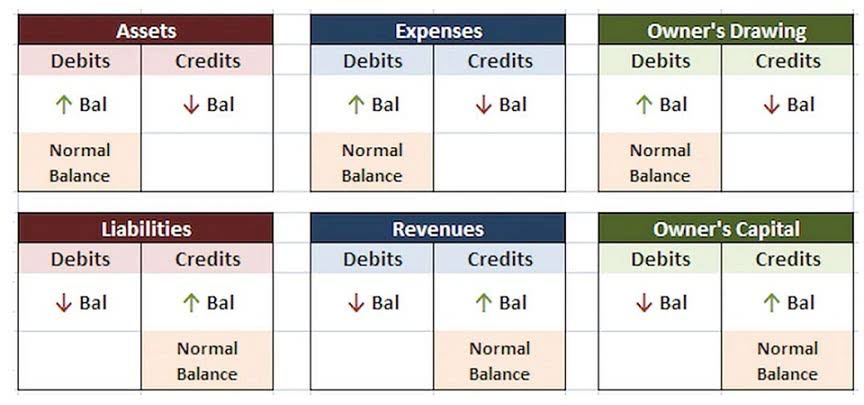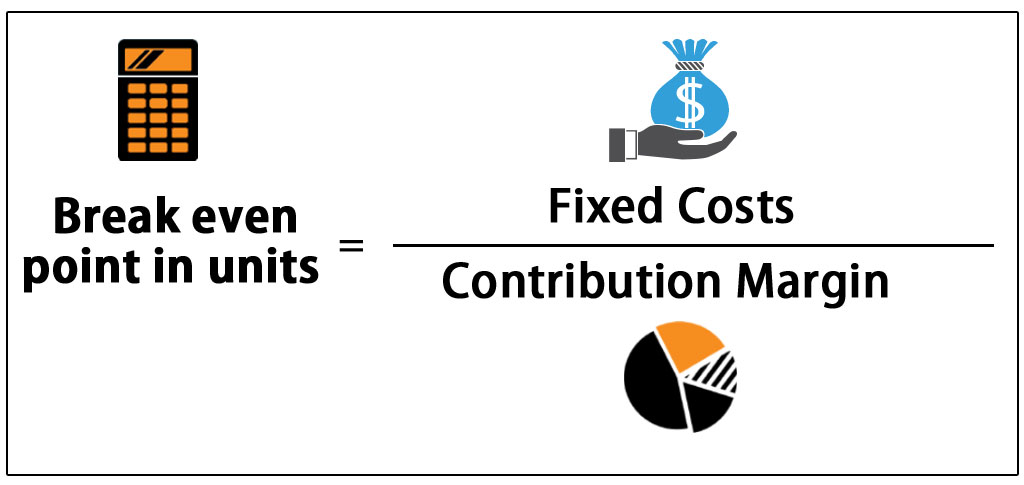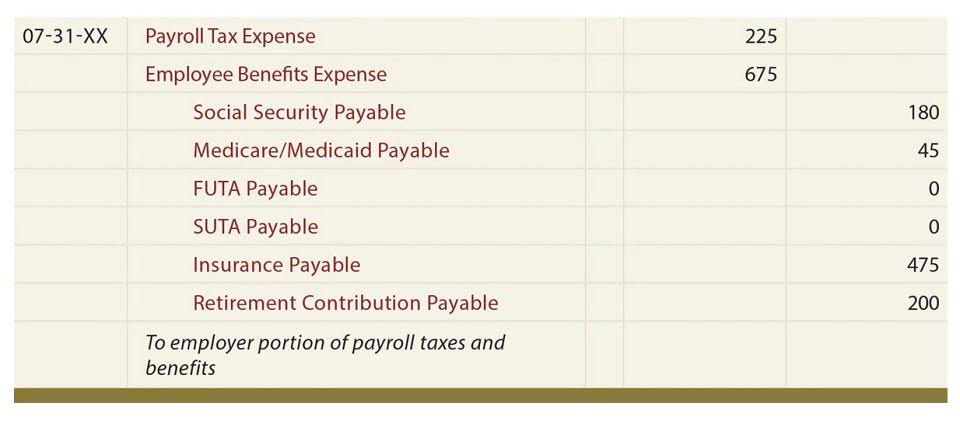Rectification of Errors Definition & Classification of Errors

This can be corrected by crediting the sales account directly with $1,000. However, a trial balance cannot disclose errors of principle, Bookkeeping for Chiropractors errors of omission, posting to the wrong account, the wrong entry of the amount in the original books, and compensating errors. This results in different amounts being presented in the statement of cash flows (i.e. the net cash outflow) and the notes to the financial statements (the total purchase consideration).
- This error leads to inaccurate financial statements, as the business’s financial position is not fully represented.
- These types of errors require lots of time and resources to find and correct them.
- Across the pre-trial balance, post-trial balance, and pre-final accounts stages, rectification is carried out by modifying entries either directly or through a suspense account.
- A company buys a piece of machinery worth $5,000 and records it as an expense in the profit and loss account instead of capitalizing it as an asset.
- The process of finding and correcting mistakes of this kind is called Rectification of Errors.
- Transposition indicates that the individual figures in an item are interchanged, whereas in transplacement, the digit is either moved forward or backward to cause the error.
Create a Free Account and Ask Any Financial Question

For example, money that has been received from a customer is credited properly to the accounts receivable account, but to the wrong customer. The error would show on the accounts receivable subsidiary ledger, which contains all of the customers’ invoices and transactions. Keeping track of invoices to customers and from vendors and ensuring they’re entered immediately and properly into the accounting software can help reduce clerical errors. Monthly bank reconciliation can help to catch errors before the reporting period at the end of the quarter or fiscal year. A bank reconciliation is a comparison of a company’s internal financial records and transactions to the bank’s statement records for the company. Errors can either be small mistakes that don’t affect the overall figures or ones that snowball into greater miscalculations and need more time and resources to identify and repair.
- The error will show itself as a mistake in data entry when you post a new recording.
- This team of experts helps Finance Strategists maintain the highest level of accuracy and professionalism possible.
- It’s better to act preventatively and have a system in place to enter each transaction.
- Compensating error is when one error has been compensated by an offsetting entry that’s also in error.
- For the post-final accounts stage, rectification is carried out through profit and loss account adjustments.
Which of these is most important for your financial advisor to have?
If this basic principle is violated in any manner, at any time, or at any stage during the accounting period, errors (i.e., mistakes) occur. Given the importance of the cash flow statement to investors, it is vital that entities present operating, investing and financing cash flows accurately. A particular example of an error of original entry is a transposition error where the numbers are not entered in the correct order. For example, if cash paid to a supplier of 2,140 was posted as 2,410 then the correcting entry of 270 would be. The error will show itself as a mistake in data entry when you post a new recording. Though it’s a simple error, it can affect your accounting significantly and result in financial losses—not to mention plenty of time trying to find this tiny error.
Train Employees and Accountants Regularly

This mistake is only normally discovered during a bank reconciliation, according to The Balance. To make the trial balance balance a single entry is posted to the accounting ledgers in a suspense account. An audit trail may be necessary if accounting errors a material discrepancy cannot be resolved quickly.

Therefore, the cash flow statement must not include the gross cash flows arising from the acquisition, and instead show a single net amount. IAS 7, paragraph 40 then requires the gross amounts to be disclosed in the notes. Not recording data is common, whether it’s not reporting expenses or not adjusting inventory quantities. Omitting adjusting entries data affects the balance sheet and can make a company look like it’s doing better than it actually is. Errors that affect the trial balance are usually a result of a one sided entry in the accounting records or an incorrect addition.







